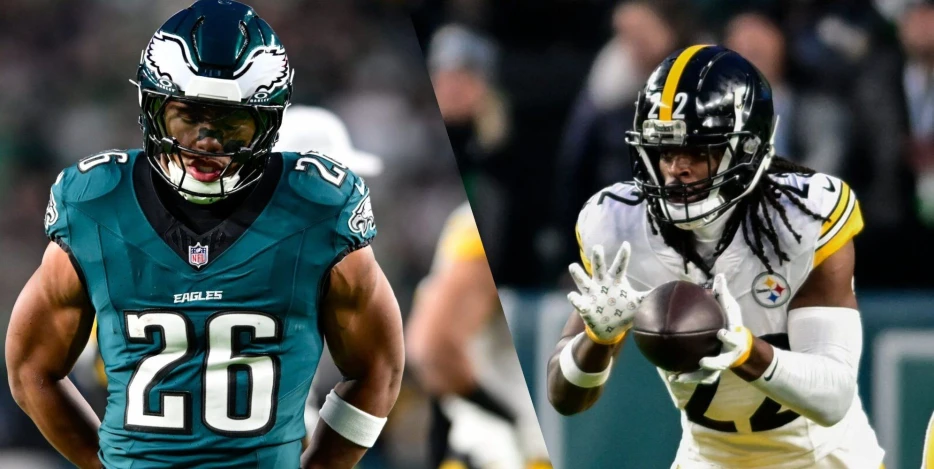
MOBILE, Ala. and NEW ORLEANS — Don’t draft a running back in the first round of the NFL Draft. Like feeding Gremlins after midnight and walking into Mordor, it has become a thing that one simply does not do.
Then, things changed. Now, only idiots draft running backs in the first round.
However, like all rules, that one will eventually change again. In fact, there are signs we could be watching the start of that change happen right now. At some point, one of those idiots will turn out to be a savant.
But first, let’s start with how we got here. The NFL contract landscape changed significantly due to a change to the league’s collective bargaining agreement in 2011, helping to introduce a new concept to the NFL Draft landscape: positional value.
Before the 2011 CBA, rookies negotiated their own contracts with teams, often causing lengthy hold-outs and incredibly inflated rookie salaries. The new CBA introduced the current draft slot system, where the maximum contract amount for each draft pick has already been established by rule.
The move caused an immediate and dramatic reduction in the amount of rookie contracts. Sam Bradford, the first player taken in the 2010 NFL Draft, signed a six-year, $78 million rookie contract. The following season, Cam Newton signed a four-year, $22 million deal. Fifteen years later, the first overall pick in the 2025 NFL Draft will get $42.4 million over four years, still nowhere near what Bradford got.
The change from market value to predetermined value made for a huge change in draft strategies around the league. The disparity between value and actual cost meant that draft picks went from a way to restock a team for the future to a cheat code to competing immediately. Teams now look for players on rookie contracts as an end-run around the salary cap, allowing a window of significant spending, especially while they have a key player like a quarterback playing under a rookie contract.
The draft slot system is position agnostic, meaning that no matter which player the Pittsburgh Steelers will draft at No. 21 overall this spring, that player will make the same amount of money — a hair over $16 million.
But the open market is not position agnostic. So the amount of the disparity between draft slot and market value is enhanced when teams draft players at the most expensive positions. First-round picks, with a fifth-year option now built into their contract, have the added benefit of extending that disparity over an additional season.
In 2011, the franchise tag amount, or the average of the top five contracts at the position, for quarterbacks was $15.957 million. For running backs, it was $9.684 million. So if Team A drafted a quarterback in the first round of the draft and Team B drafted a running back, and they both panned out to be top-five players in the NFL at their respective positions, Team A would have created an approximately $31.5 million in contract value...